St. Giles’ Cathedral, also known as Edinburgh’s High Kirk or Church, is one of the most remarkable landmarks in the Royal Mile, a jaw-dropping Gothic temple of great historical importance and, of course, a must-visit if you’re in town.
This article tells about its history and architecture, which events you can enjoy within its premises and how to visit it!
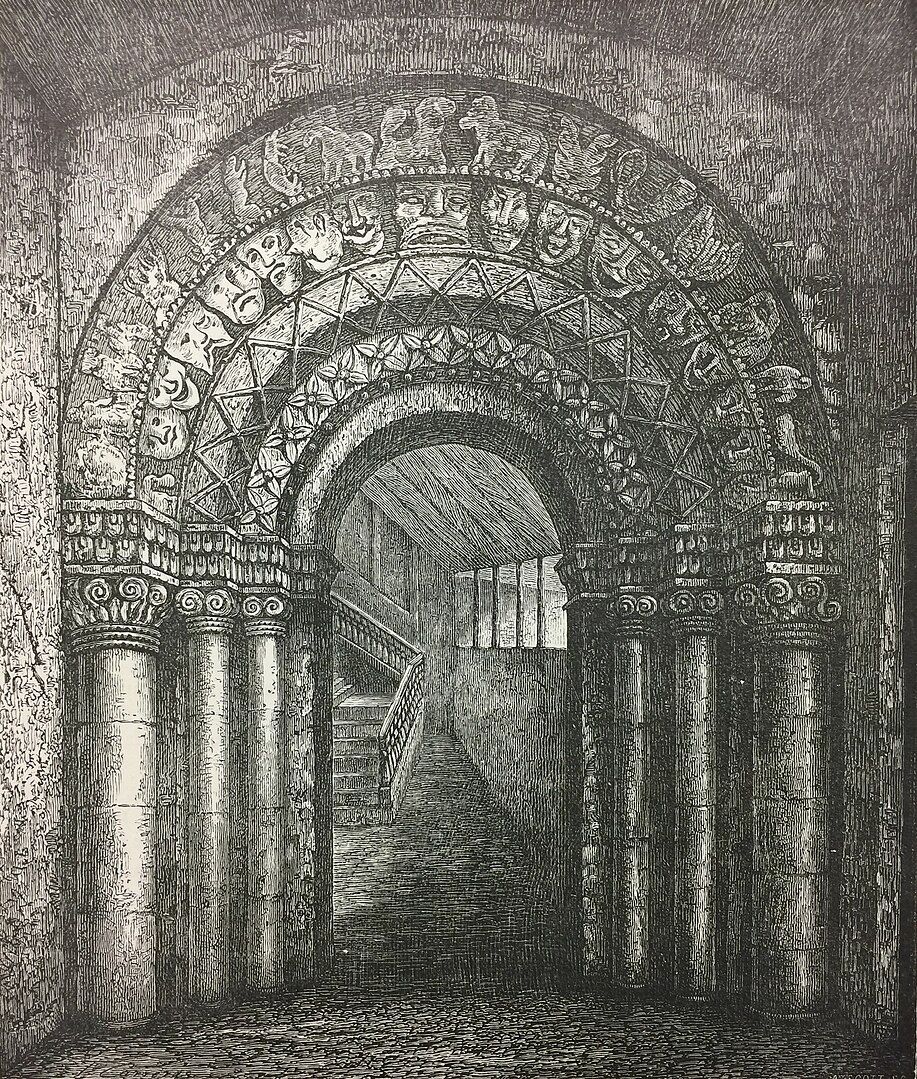
St. Giles’ Cathedral history
The foundation of St. Giles’ Cathedral dates back to 1124 when, by command of David I, it was erected in its location as a church devoted to this Medieval saint, patron of lepers, and thereupon bestowed upon the Order of Saint Lazarus of Jerusalem for its care. Later on, at some point during the 1300s, the original Romanesque building was replaced by the Gothic church that we know today, and its use was returned to the Crown of Scotland.
The temple experienced truly distressful times during the Middle Ages, being damaged by a fire caused by Richard II of England in 1385. In some parts of the current cathedral, a witness to Scotland’s history, the scars of the fire can still be seen.
Finally, St. Giles’ church was engulfed by the Protestant Reformation. In summer 1559, following violent religious bickering, John Knox, leader of the Reformation in Scotland, was appointed as St. Giles’ minister and stripped the temple of all its Catholic imagery. The church was deprived of its furniture and whitewashed walls, painted in green and engraved with the Ten Commandments and the Lord’s Prayer. Similarly, some of its areas were secularized, serving as Tolbooth and a prison, even keeping the Scottish Maiden (a guillotine of sorts) within the temple.
It would be as late as 1633, during the reign of Charles I, when St. Giles’ church was turned into a cathedral to serve as the seat of the new Edinburgh bishopric, in accordance with the traditions of England’s Anglican Church. Just four years later, an uprising triggered by parishioner Jenny Geddes would lead to the return of St. Giles’ to the presbyterian faith in 1638.
The cathedral would continue to undergo overhauls and changes until, in 1822, with the visit of king George IV to Edinburgh, its restoration and refurbishment was agreed on, which would save the monument from disrepair and impending collapse, alongside the subsequent reformation of 1872.
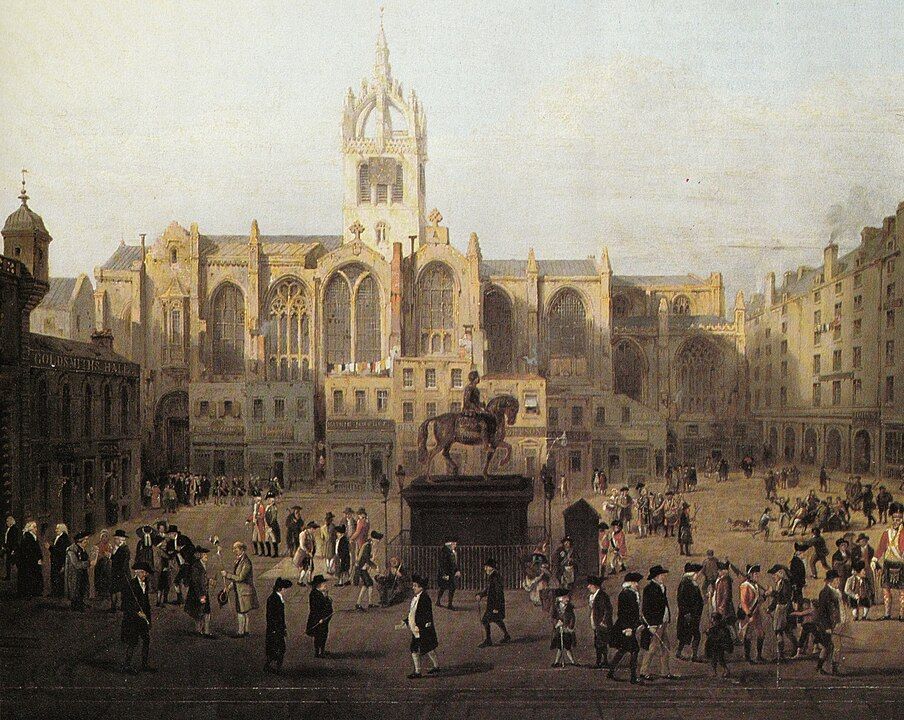
Monumental Gothic Architecture
St. Giles’ cathedral is renowned for boasting elegant, Gothic architecture which originally comprised a five-nave temple with vaulted ceilings, a great tower and many external chapels which gave it a cluttered look, with a much more convoluted layout than was usual in Scottish Gothic. The building was refurbished and simplified several times throughout the 1800s to make it more stable.
As for the rest of it, the stunning stained glass in St. Giles’ cathedral dates back to the 1800s and 1900s, since the original works were most likely destroyed during the advent of the Reformation in the 1500s.
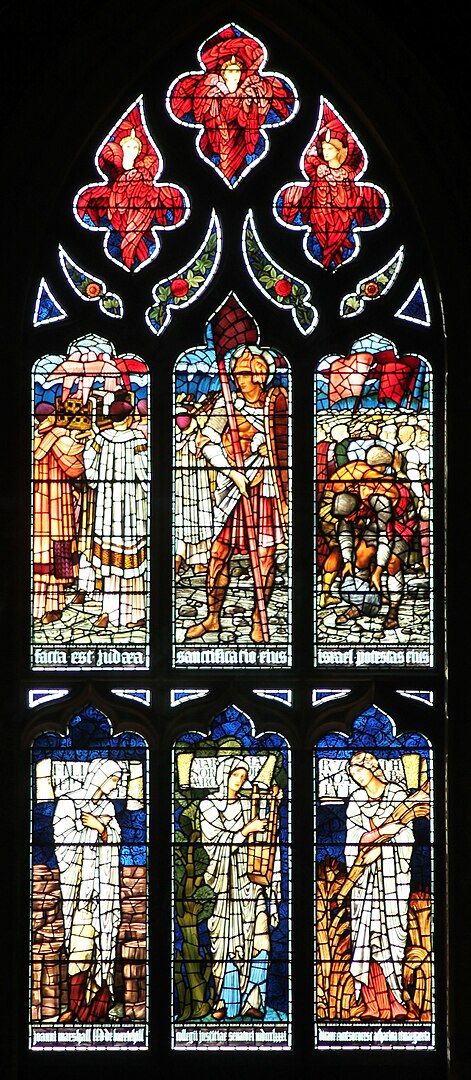 |  |
Inside Edinburgh cathedral
The inside of present-day St. Giles’ cathedral is divided into three naves with ribbed vaulting, plus the adjoining naves of Preston and Moray, and the famous Thistle Chapel. Besides the contemporary stained glass, some other noteworthy features include the pulpit from the 1800s and almost one hundred memorials dotting its walls, such as the one for regent Moray, or those devoted to Jenny Geddes, Robert Louis Stevenson, Sophia Jex-Blake and the fallen in both World Wars.
John Knox’s statue
In one of the naves in St. Giles’ cathedral, a bronze statue devoted to John Knox, father of the Protestant Reformation in Scotland, and a character deeply intertwined with the temple, can be found. It dates back to 1906 and stands as a reminder of the importance of this controversial preacher, both for the presbyterian faith and also for the country’s history.
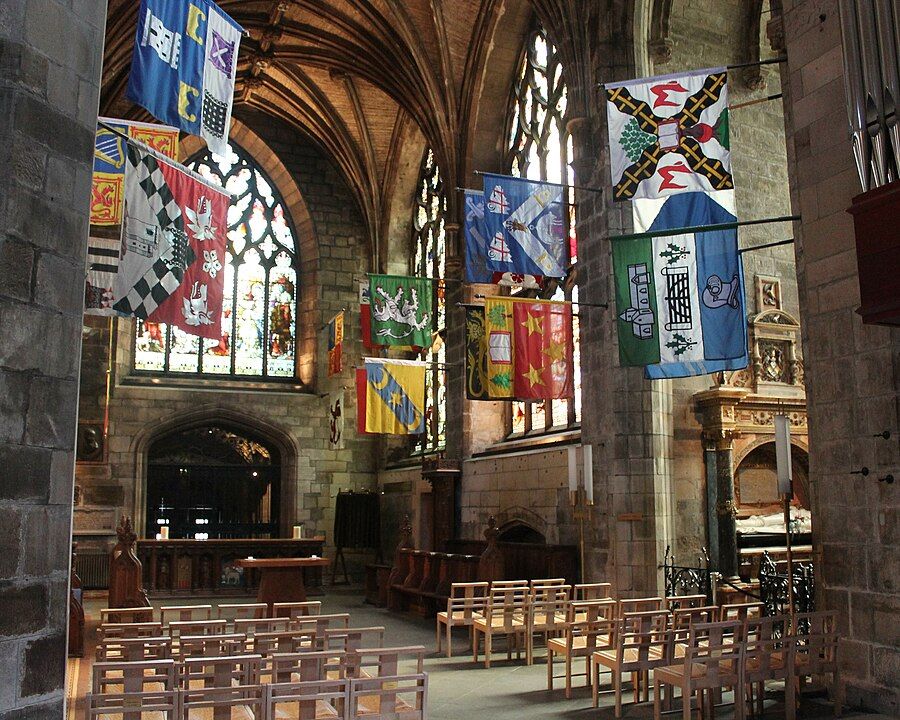 |  |
Thistle Chapel
The Thistle Chapel is a 1909 addition to the cathedral. It was designed in Neo Gothic style by architect Robert Lorimer alongside a team of Art Nouveau artists including the brilliant Phoebe Anna Traquair. The chapel serves as an annual meeting point for the members of the Order of the Thistle, a chivalric order founded in 1687 by king James VII of Scotland, and II of England.
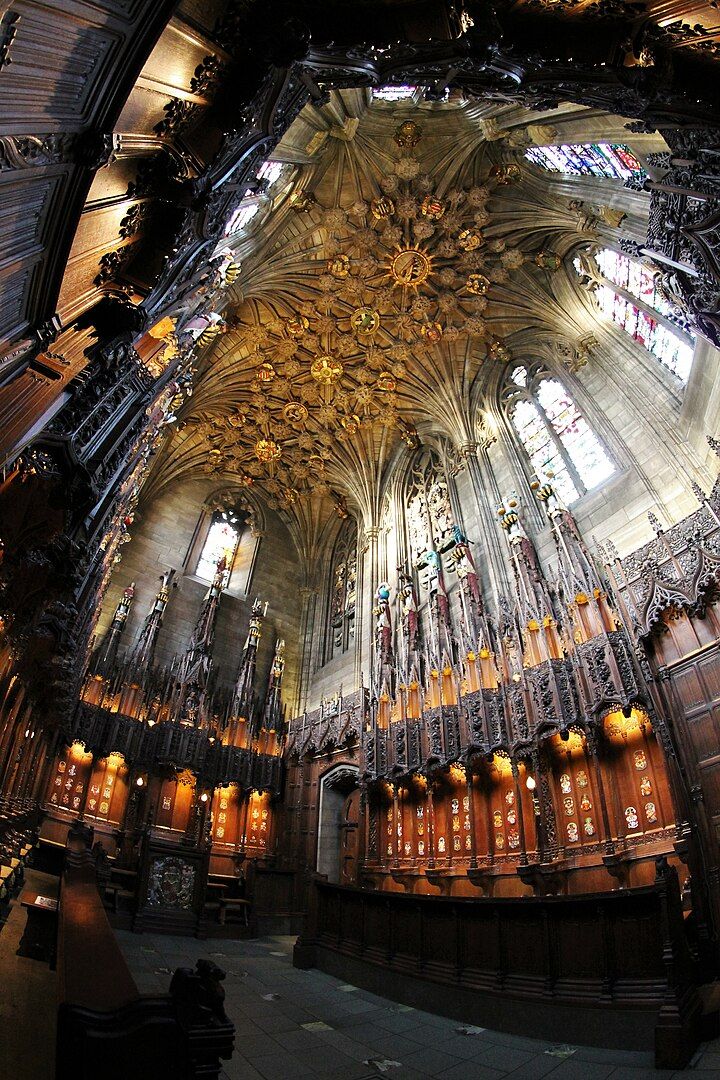
Religious and cultural importance of the cathedral
St. Giles’ cathedral was always a hub for urban life, both as a place of worship in Edinburgh and as a cultural symbol for Scotland.
As a matter of fact, following the tragic defeat at the Battle of Flodden in 1513, all women in the city gathered in the temple to pray for the fallen, among whom was James IV, king of Scotland. It also became a meeting place for citizens when they decided to surrender Edinburgh to the Jacobite army of Bonnie Prince Charlie in 1745.
It was, likewise, a place of ceremony, mourning and people’s gathering after the passing of Queen Elizabeth II in September 2022. Her mortuary chapel remained in the cathedral for 24 hours, and she was mourned by her offspring during the Vigil of the Princes.
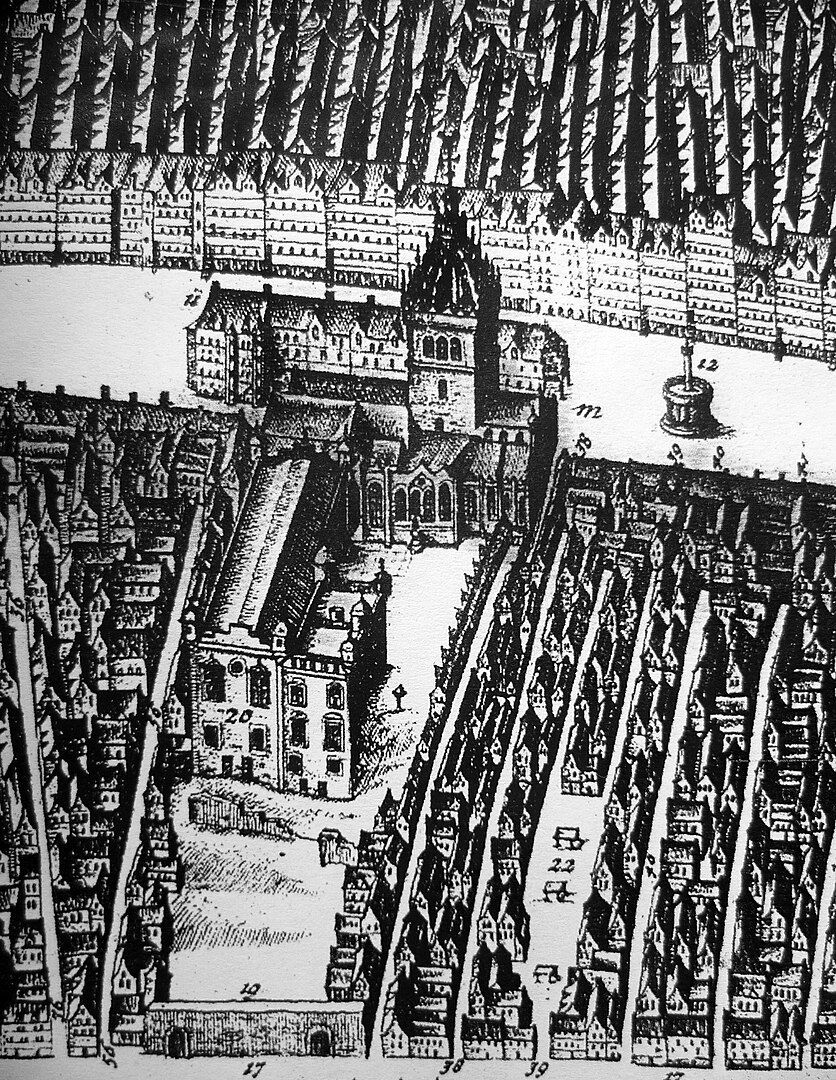
Visiting Edinburgh Cathedral
In order to visit St. Giles’ cathedral on your own, you just need to head towards the Royal Mile and enter the building, as there is no need to book your entrance. The visit is free of charge, although a £6 donation is suggested.
The temple is open every day from 10:00 to 18:00, except on Sunday, when the opening time spans from 13:00 to 17:00. You may join a guided cathedral tour, which you should indeed book beforehand if you are interested in taking it.
You can find further information on this and other topics at the official website..
Should you also be looking for a top-notch Edinburgh tourist guide, you can join our free tours and guided visits. In that way, you will be able to discover other landmarks in Edinburgh and unravel the city’s secrets!

Events and activities at St. Giles’ cathedral
A series of events are regularly carried out at St. Giles’ cathedral, such as spellbinding Candlelight concerts or live classical music in the evenings, taking place all year round after closing hours. Do not miss out on them!
Should you also seek church services in Edinburgh, the cathedral offers two Protestant services every Sunday, plus an additional service on weekdays.
To bring matters to a close, if you visit Edinburgh, you can’t miss out on a visit to St. Giles’ cathedral, since it is one of the finest examples of Scotland’s stunning heritage, and it is centrally located in the Royal Mile!
Frequently Asked Questions (FAQs)
This section serves the purpose of answering the most common questions about the cathedral.
- Any special or remarkable events at the Cathedral? The best events include classical music concerts in the evenings and Candlelight Concerts.
- Which is the best month or season to visit Edinburgh Cathedral? Any time is good to visit St. Giles’ cathedral, since it is open all year round.
- Are there any restrictions or specific suggestions to visit St. Giles’ cathedral (e.g. dress codes, taking pictures, etc.)? There is no dress code in place to visit the cathedral. If you wish to take any pictures inside, you will have to pay a £2 permit first.
- Admission fee Admission to St. Giles’ cathedral in Edinburgh is free of charge, but a £6 donation is suggested.